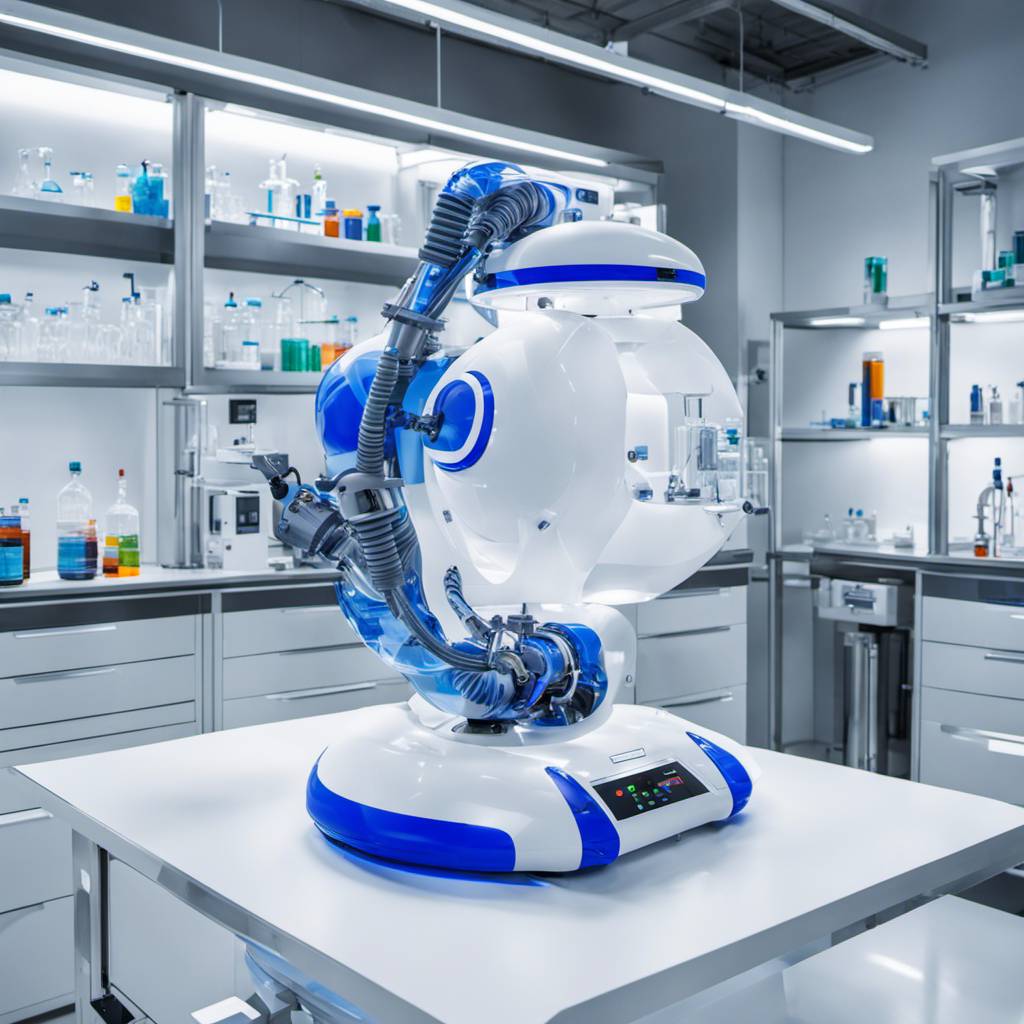In the realm of robotics, soft inflatable robots have shown significant potential for applications necessitating safety and adaptability. However, the integration of control and sensing systems into these robots without compromising their softness, features, or capabilities has always been a challenge. In a revolutionary breakthrough, researchers led by Professors Jiyun Kim and Jonbum Bae from the Department of New Material Engineering and Department of Mechanical Engineering at UNIST respectively, have developed an innovative “soft valve” technology. This technology seamlessly integrates sensors and control valves while preserving the inherent softness of the robot.
In the past, soft robots have coexisted with rigid electronic components for perception. However, this research team has introduced a unique solution to this challenge by creating soft analogs of sensors and control valves that function without electricity. The resulting tube-shaped part serves dual purposes: it detects external stimuli and controls motion precisely using only air pressure. By removing the necessity for electronic components, these all-soft valves allow safe operation in environments where electricity might pose a risk, including underwater or in spark-prone areas, while simultaneously reducing weight burdens on robotic systems. Additionally, each component is cost-effective at approximately 800 Won.
“Earlier versions of soft robots had flexible bodies but were dependent on hard electronic parts for stimulus detection sensors and drive control units,” explained Professor Kim. “Our research is centered on creating both sensors and drive control parts using soft materials.”
The research team demonstrated various applications of this revolutionary technology. They developed universal tongs capable of gently picking up delicate items such as potato chips, thereby preventing damage caused by excessive force exerted by traditional rigid robot hands. Furthermore, they used these all-soft components to create wearable elbow assist robots designed to alleviate muscle strain caused by repetitive tasks or strenuous activities involving arm movements. The elbow support automatically adjusts based on the angle at which a person’s arm is bent, leading to a significant 63% average decrease in the force exerted on the elbow when wearing the robot.
The soft valve operates by managing air flow within a tube-shaped structure. When tension is applied to one end of the tube, a helically wound thread inside compresses it, thereby controlling the inflow and outflow of air. This accordion-like motion allows for precise and flexible movements without relying on electrical power. More importantly, the research team confirmed that by programming different structures or numbers of threads within the tube, they could accurately control variations in airflow. This programmability provides flexibility in driving unit response even with consistent external forces applied to the end of the tube.
“These newly developed components can be easily used using material programming alone, eliminating electronic devices,” expressed Professor Bae enthusiastically. “This breakthrough will significantly contribute to advancements in various wearable systems.”
This groundbreaking soft valve technology marks a significant step towards fully soft, electronics-free robots capable of autonomous operation, a vital milestone for enhancing safety and adaptability across numerous industries. The study findings have been published ahead of their official publication in Nature Communications’ online version on July 4, 2023. Various organizations including Korea’s National Research Foundation (NRF), Korea Institute of Materials Science (KIMS), and Korea Evaluation Institute of Industrial Technology (KEIT) provided support for this work.
